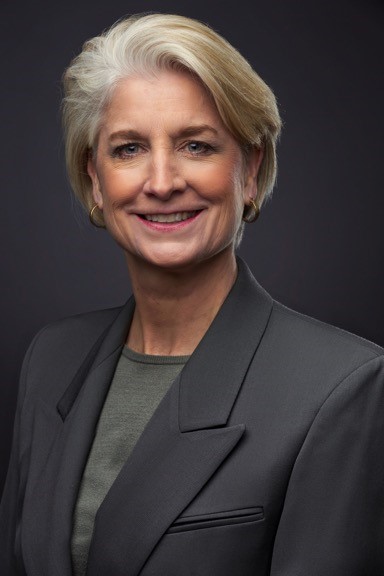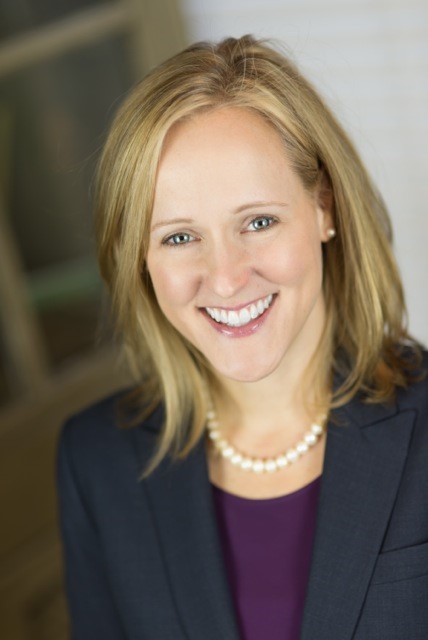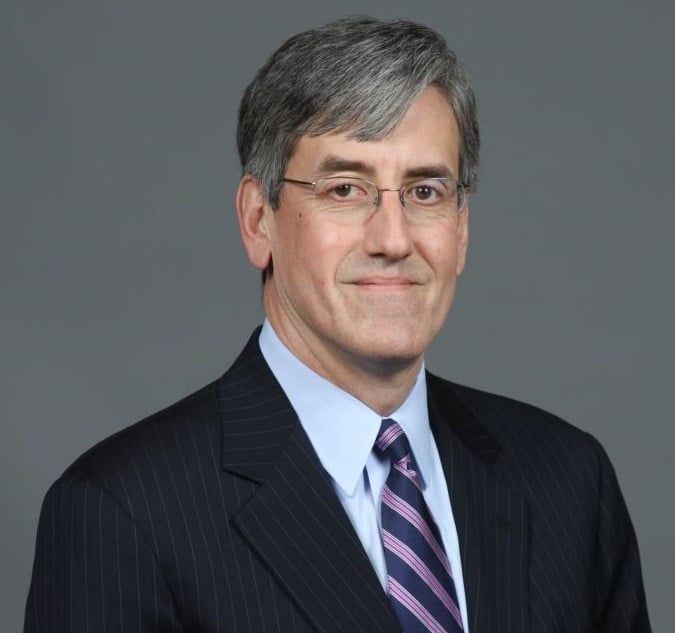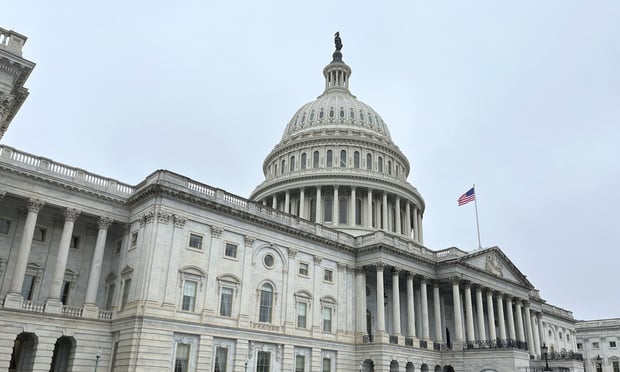Which recordkeepers dominate the 401(k) market?
That depends on the segment of the market being serviced, according to the Investment Company Institute and BrightScope’s dissection of the plan providers.
When accounting for 401(k) plans of all sizes, insurance companies with built-in recordkeeping businesses have the most business relative the competition.
In 2012, they served as recordkeepers to 41.2 percent of all 401(k) plans. Asset managers serviced 31.2 percent of all plans, “pure” recordkeepers serviced 13.3 percent, while banks served 7.9 percent and brokers served 6.4 percent of the market.
But that balance shifts when looking at different segments of the market. While insurance companies account for more than 50 percent of plans with less than $10 million in assets, insurers only account for 7.9 percent of mega plans—those with more than $1 billion in assets.
Asset managers—think Vanguard and Fidelity—dominate the mega market, servicing 52.1 percent of all plans with more than $1 billion. They also hold 58.4 percent of the $500 million to $1 billion market, and 57.4 percent of the $250 million to $500 million market.
Banks with recordkeeping units—think Wells Fargo or Bank of America Merrill Lynch—compete best in the midsize market, according to 2012 data.
Banks’ biggest segment was the $50 million to $100 million market, in which they served 13.3 percent of the market.
Brokerage firm recordkeepers seem to get more competitive as plans get bigger. They only held 4.8 percent of the $1 million to $10 million market—the least of any category of record keeper in that segment.
But they accounted for 12.9 percent of the $500 million to $1 billion market, and 10.7 percent of plans with more than $1 billion in assets.
Asset managers’ dominance of the mega market translates to their lead when measuring for the percentage of participants and percentage of assets serviced.
Of the 35,000 plans ICI and BrightScope analyzed, asset managers serviced 45.4 percent of all participants, and 51.8 percent of all plan assets.
In this installment of service providers’ perspective on the year that was and the one to come, BenefitsPro takes the measure of an insurer, a bank, and one benefits consultancy with a recordkeeping business.

Nora Everett, President of Retirement and Income Solutions, The Principal Financial Group
The Principal Financial Group administers $147 billion in DC assets for 4.3 million participants in 34,700 plans
What was the biggest development in 2015 from your perspective?
Everett: I think we’ve made tremendous strides as an industry around educating Americans about the importance of retirement readiness and in working with advisors and plan sponsors to implement auto features in retirement plans—this year showed continued momentum.
We understand that people continue to struggle in striking the right balance between meeting the demands on their money today and setting aside enough money for the future.
We also believe that complexity and inertia are two of our greatest challenges in helping more Americans take action. They need clarity and simplicity to be able to save enough for retirement and have enough in retirement.
More and more advisors and plans sponsors are realizing that in order to have a successful plan, the right kind of plan design is essential. Not that there isn’t a place for education. There is.
But plans incorporating automatic features are moving the needle in material and lasting way.
When our plan-sponsor clients are automatically enrolling their employees, 91 percent of them stay enrolled in the plan.
And if the plan also includes an auto-escalation feature, 86 percent of participants keep that escalation level. In the last five years, the number of our clients incorporating auto-enroll has tripled.
And this year specifically, we’ve seen our larger clients exploring an auto escalate of 2 percent per year (rather than the typical 1 percent per year).
This is how we successfully combat that ever-present inertia.
What developments do you expect for the defined contribution space in 2016?
Everett, The Principal Financial Group: There are a lot of things happening in Washington, D.C., that could materialize in 2016.
Of course the outcome of the Department of Labor’s proposed fiduciary rule is something we’re watching closely.
Dating back to ERISA in 1974, we have a long history of effectively adapting to significant regulatory changes such as this and are preparing for the final rule.
Additionally, we’re encouraged by a bipartisan effort that would create a new automatic-feature safe harbor at a 6 percent minimum deferral and auto escalate to 10 percent.
That would be a game changer in supporting successful plan design.
We’re also pushing for bipartisan support for a startup tax credit for small employers (less than 100 lives) and multiple employer plans for unaffiliated employers to help expand worksite retirement plan coverage for that group.
Has there ever been more competition for sponsors’ business?
Everett: There’s always been competition.
But those who survive in this industry continually adapt their business model to the ever-changing market environment.
Kevin Crain, head of Workplace Financial Solutions for Bank of America Merrill Lynch
BoA Merrill Lynch administers $136.3 billion in plan assets for 2.6 million participants (total plan data was not provided)
What was the biggest development in 2015 from your perspective?
Crain, Bank of America Merrill Lynch: The biggest developments this year were the strong acceleration of plan sponsor responsibility for plan success and employee engagement.
Plan sponsors aggressively adopted plan services that led employees to engage in more positive savings behaviors, such as auto features.
The latest Bank of America Merrill Lynch Plan Wellness Scorecard revealed the number of plans that combined auto enroll and auto increase grew 40 percent year over year.
Other key areas of focus for sponsors included the growing use of target date funds and managed accounts, in addition to the implementation of projected retirement income amounts to communicate success to employees.
What developments do you expect for the defined contribution space in 2016?
Crain, Bank of America Merrill Lynch: In the coming year, public policy issues could create the biggest impact in the DC space.
Tax reform should be closely watched, particularly the potential for greater use of Roth in 401(k) plans.
The proposed DOL fiduciary standard is significant with the potential impact on the creation of smaller employer plans and rollover IRAs from 401(k) plans.
Additionally, the growing interest in the use of state retirement plans to address the coverage issue could be notable.
Has there ever been more competition for sponsors’ business?
Crain: The competitive landscape across plans of all sizes is very active.
This is true even in the mega market space, which has historically been a more constricted market.
Given service provider consolidation, there are fewer major record keepers competing for business, but they are still being very aggressive to acquire scale.
Also, with increasing plan sponsor responsibilities for ensuring reasonable cost, the plans are put out to market more often for evaluation. Even though the market is more competitive, retention rates of plans by current service providers is still high.

Alison Borland, senior vice president Retirement Strategy and Solutions, Aon Hewitt
Aon administers $394 billion in assets for 5.7 million participants in 350 plans
What was the biggest development in 2015 from your perspective?
Borland: In 2015, I saw a strong plan sponsor and market commitment to broad financial wellbeing, even beyond retirement readiness.
This includes a focus on basic financial education through sophisticated financial planning--truly comprehensive programs. Underlying this support and these financial wellbeing solutions is the notion of trust.
Who can employees trust to have their best interests at heart, especially when seeking guidance across all of their financial lives?
What developments do you expect for the defined contribution space in 2016?
Borland, Aon Hewitt: I think we will see a stronger connection between health and wealth--as employers expand beyond financial wellbeing into comprehensive wellbeing.
Health and money are connected in more ways than we often consider, given that health can be a retirement asset, but also a significant retirement expense.
Other areas of wellbeing, such as emotional and social wellbeing, also have a significant impact on employees’ lives and work. We are seeing increasing numbers of clients taking a broad approach.
Has there ever been more competition for sponsors’ business?
Borland: Competition is as fierce as we have seen it.
Interestingly, however, the mix of competition has changed.
With some providers consolidating, the mix and focus of the competitive landscape has changed.
2016 will likely be a very active year, with aggressive pursuit of plan sponsor business and continued innovation in products and solutions to improve the financial lives of workers.
Complete your profile to continue reading and get FREE access to BenefitsPRO, part of your ALM digital membership.
Your access to unlimited BenefitsPRO content isn’t changing.
Once you are an ALM digital member, you’ll receive:
- Breaking benefits news and analysis, on-site and via our newsletters and custom alerts
- Educational webcasts, white papers, and ebooks from industry thought leaders
- Critical converage of the property casualty insurance and financial advisory markets on our other ALM sites, PropertyCasualty360 and ThinkAdvisor
Already have an account? Sign In Now
© 2024 ALM Global, LLC, All Rights Reserved. Request academic re-use from www.copyright.com. All other uses, submit a request to [email protected]. For more information visit Asset & Logo Licensing.









